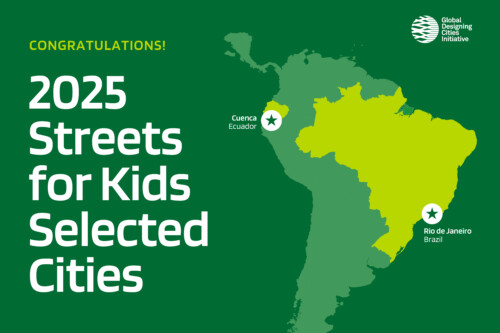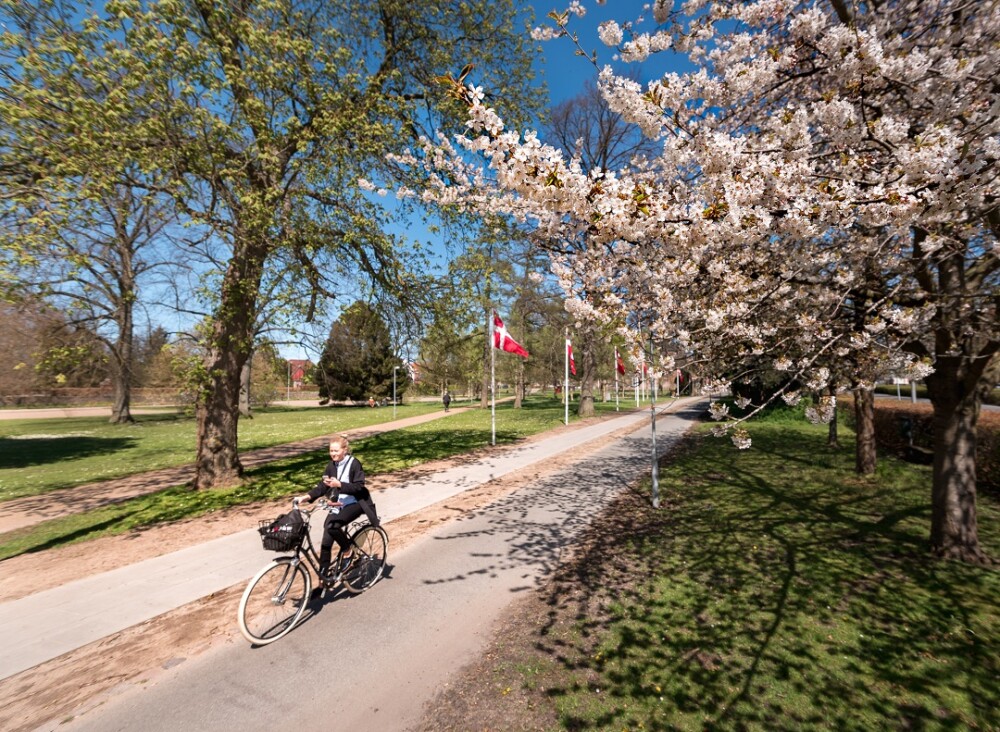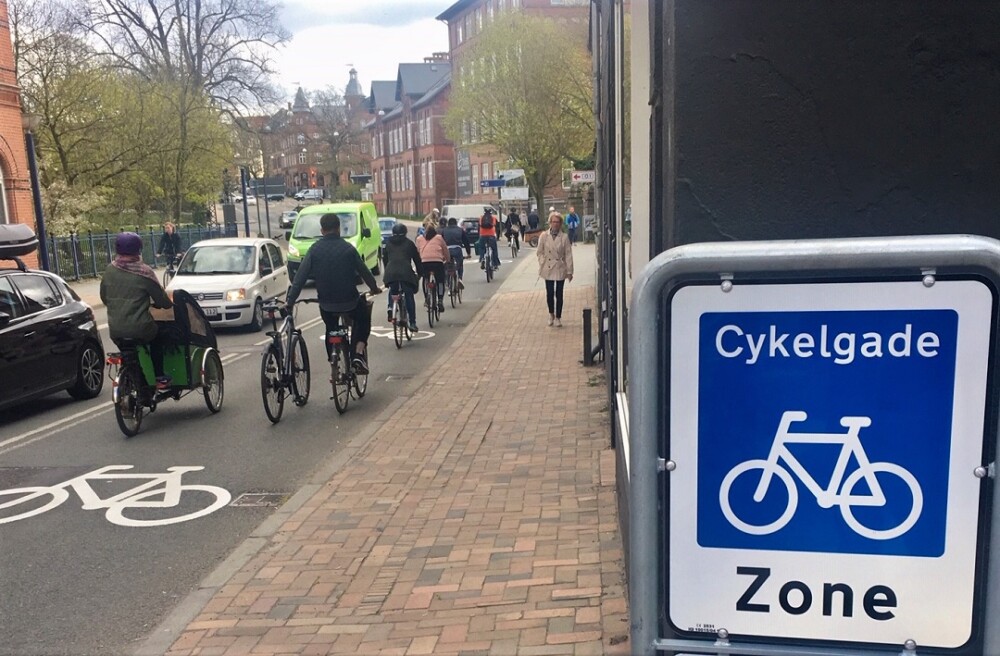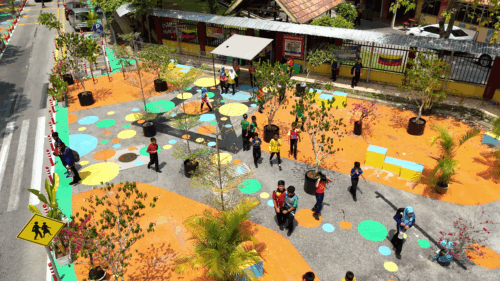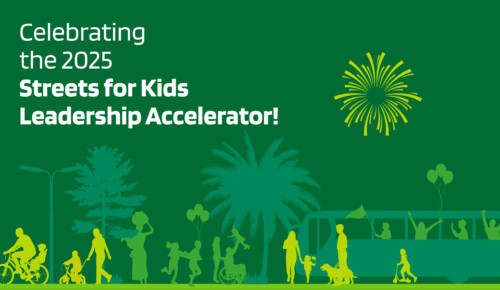GDCI Street Shaper of the Month
Troels Anderson
Program Manager for City of Cyclists, Traffic & Mobility, Odense Municipality
Odense, Denmark

At the City of Odense’s Traffic and Mobility Department, Troels is responsible for green mobility and cycling initiatives.
Please tell us about your work on urban streets and/or mobility.
My mission is to change the modal split in favor of green mobility. Cycling accounts for one out of four trips, and is our main focus. It is quite cost effective to have people cycling instead of using the car. Additionally, we’re building a new light rail line.
What are the biggest mobility and/or road safety challenges in your city?
Safety is improving every year, so our main challenges are obesity and congestion during the morning rush hour. Cycling and walking are the simple answer to these challenges. Fortunately, all roads have sidewalks, and 550 kilometers of cycle paths exist already. If all cyclists traveled by car instead, car traffic would increase by 50%. This is not an option for us.
What is it like to be a pedestrian in your city?
It’s safe and comfortable. The city structure doesn’t allow very wide sidewalks but they are all in good shape. Pedestrians would prefer less waiting time in traffic lights, but we can only provide the use of countdown signals.
Tell us about your daily commute and what you most like or dislike about it.
It’s short—four minutes on my bike. I do avoid the corridor where the light rail is being constructed right now so my route consists of a home zone area, cycle paths, a shortcut through the river bank, and permission to ride through the pedestrian streets. So there are no stops on my route.
Tell us about an innovative urban project(s) or approach(es) that has inspired your work.
Odense is considered as perhaps the best cycling city in the Nordic countries, so we look to Dutch cities for inspiration. We envy their compact city structures, which are the key to even more cyclists.
What is the biggest challenge or most common roadblock you face in implementing innovative projects in your city?
Car ownership increases every year due to tax reductions. Despite this challenge, we’ve managed to reduce the share of car trips so far.
What is your favorite urban/mobility/public space/cities-related quote?
Be patient—everything good comes to the one who does long term planning.
Any recommended reading, listening, or watching? (Please recommend a book, article, website, podcast, etc. or any other valuable resource to our readers.)
The Cycling Embassy of Denmark’s website.
